When your bowel movements are irregular, your stomach is strained and bloated. If this is not taken care of, it leads to severe pelvic diseases. If the problem is caught in time and treated properly, there is no reason to get worried. You need to maintain a healthy diet and perform exercises for constipation relief.
Different people perceive constipation differently. While some consider it merely untimely stools, others call it so when it is a passage of hard stools. Whatever the case may be, the problem is an unhealthy lifestyle.
Constipation is more of a lifestyle disorder. When you drink less water or consume too much junk food, you become a victim of constipation. Because of fast food, our intake of green leafy vegetables, fibrous food, and fresh fruits has reduced, and this is one of the main causes of constipation.

Kegel Exercises for Constipation
Kegel exercises can help reduce constipation caused by mild pelvic organ prolapse, which is when an organ in your pelvic area, such as your uterus or bladder, slips from its normal position and presses against the vagina or rectum.

These exercises can increase the range of motion of your pelvic floor muscles, which can make it easier to have a bowel movement. It makes sense that all of the muscles in our body suffer when they don’t get proper exercise, and our pelvic floor muscles are no different.
Even those without constipation problems should be doing kegel exercises to help prevent bladder leakage, which a surprising one in three women will experience at some point in her life.
Yoga for Constipation
Yoga poses give energy to your body and help to increase the flow of blood and supply of oxygen in the system. Most postures in yoga involve the movement of the pelvis, and this greatly helps in decreasing constipation.
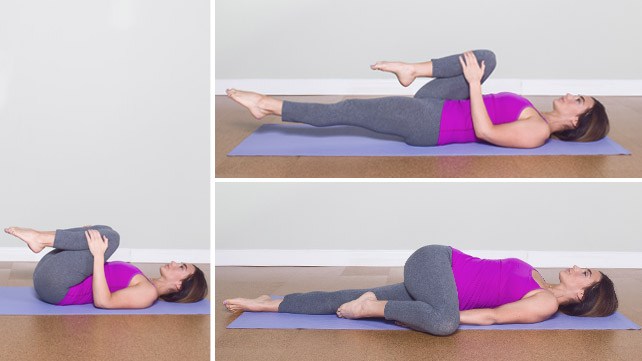
Prevention is always better than cure, and all it will take is a few moves every day. They will take care of the infrequent bowel movements and also prevent bloating and straining of the stomach.
Pawan Muktasana
This pose helps to remove digestive gases from the stomach and intestines with great ease. It is best to practice this move first thing every morning so that all the trapped gases in your digestive tract are released.

This should also be one of the first asanas you practice as once the gases are released, it will make practicing other asanas easier.
Baddha Konasana
This forward bend posture is a very easy asana to maintain your digestive system. It reduces bloating and cramping and relieves gas.

It is also good to open chest and hips and lengthen the spinal cord. It stimulates our reproductive, respiratory and nervous systems.
Halasana
This posture comforts liver and intestine. It is also known to improve blood circulation in the pelvic zone. It boosts digestion and heals bowel problems.
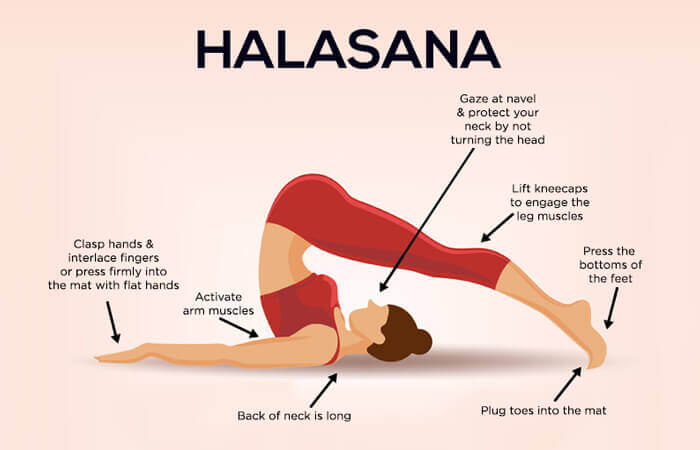
Performing the posture daily will strengthen your neck, abs, shoulder and back. It also relaxes your nerves and decreases fatigue.
Ardha Matsyendrasana
This yoga posture is great for stimulating pancreas, kidneys, liver, stomach, spleen and ascending and descending colons, this alternatively states that it will improve your stools and relieve from constipation.
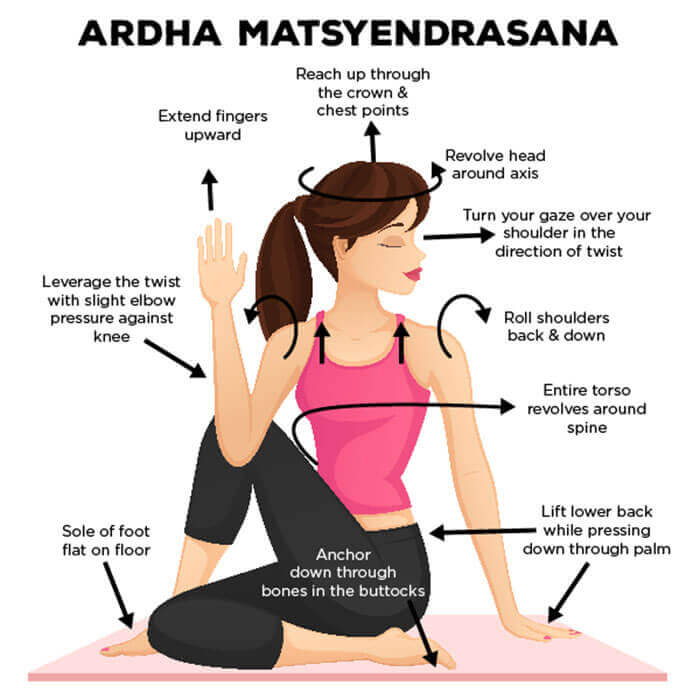
This is also good to make your spine comfortable and improves elasticity. It opens the chest and provides more oxygen to the body.
Mayurasana
To those who can try this out, it will be very beneficial for improving digestion and breaking unwholesome food. Apart from improving the digestive system it also revitalizes other internal organs, which include the liver, intestines, kidneys, stomach, pancreas, and spleen.
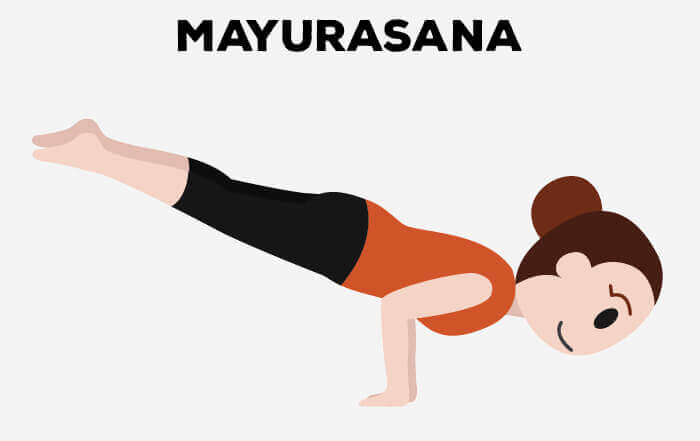
It is also known to be a detox pose as it flushes off the toxins of our body. It improves health and builds a muscular body.
Balasana
The Balasana pose is resting. It calms and removes stress from the body, including the abdominal organs. If you concentrate, the asana entails a fold at the abdomen that massages the digestive organs too.

Therefore, it improves digestion and bowel movements. This extremely effective non-twisting pose aids in getting rid of constipation.
Supta Matsyendrasana
This asana is one of the most effective yoga poses for constipation relief. This asana is a perfect combination of resting and a twist pose. It helps greatly in getting rid of constipation.
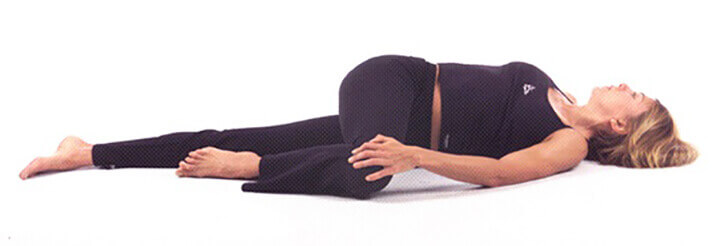
While the easy twist helps to get rid of the waste, improves the circulation of blood in the gut, and allows the food to travel smoothly, it also relaxes the body and relieves the tension trapped in the abdomen.
Aerobic Exercises
Aerobic activities are exactly the best exercises for getting rid of constipation. Aerobic exercise enhances blood flow to our organs and providing more blood to the gastrointestinal tract results in stronger intestinal contractions and more digestive enzymes.
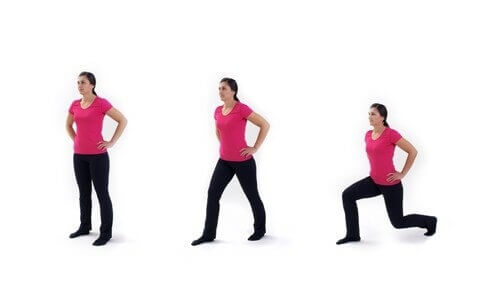
The better the contractions and the more those juices flow, the more quickly and easily food waste will move through the colon and out of the body. Aerobic exercise can be running, walking, swimming, biking, and many other activities.
Cardio Exercises
Cardio Exercise increases your heart rate and breathing and stimulates your muscles and nerves, which helps your body function more efficiently.
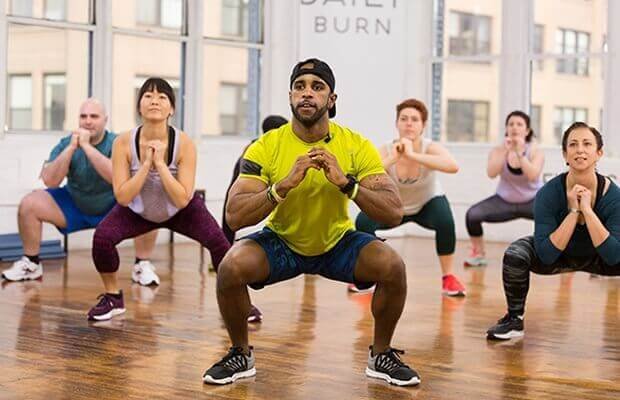
The lifestyle changes that exercise brings about may naturally result in a higher water intake, an improved diet, and reduced stress. The best part is whether it is Zumba, jogging or dancing in the living room, any exercise will do it the work.
Flutter Kick Basics
Start from a position of lying down on the mat similarly to the way you would do flutter kicks while swimming. Extend your legs in the outward direction and flutter your legs up and down without losing balance.
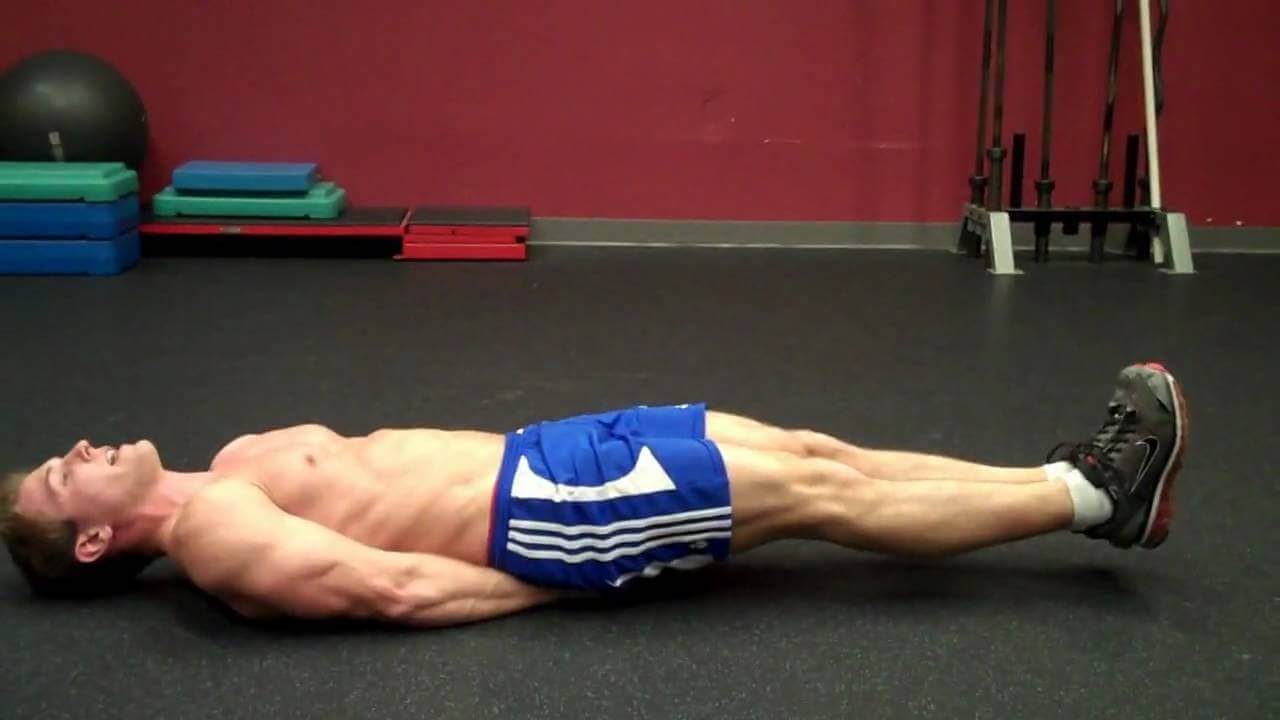
Next, slowly bend at your knees performing the same flutter kick movements again. Do each portion of the exercise ten times. Don’t worry about sinking, it is easier than you think.
Leg Lift Basics
Lay flat on the floor facing upward. Straighten your legs and raise your feet at least one foot off the floor and hold that position for a period of 10 seconds. Repeat doing three full sets.
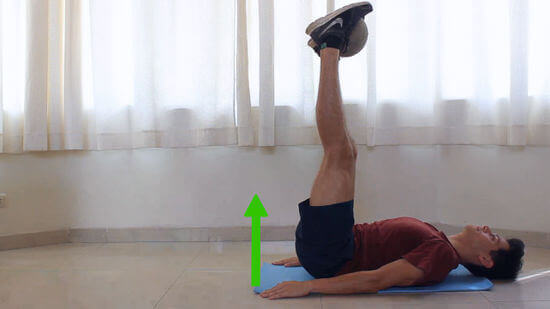
L-Shaped Tilt Basics
Lay on the floor making an L shape with your legs. Raise your arms above your chest. Exhale slowly, and tilt your body up to the sitting position. Then return back to the laying position.
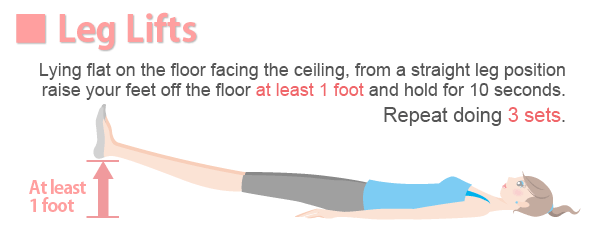
Pelvic Floor Exercises
A pelvic floor is a group of muscles that support the organs within the pelvis and lower abdomen. These exercises could help improve the strength of the sphincter and pelvic floor muscles and improve bowel control.
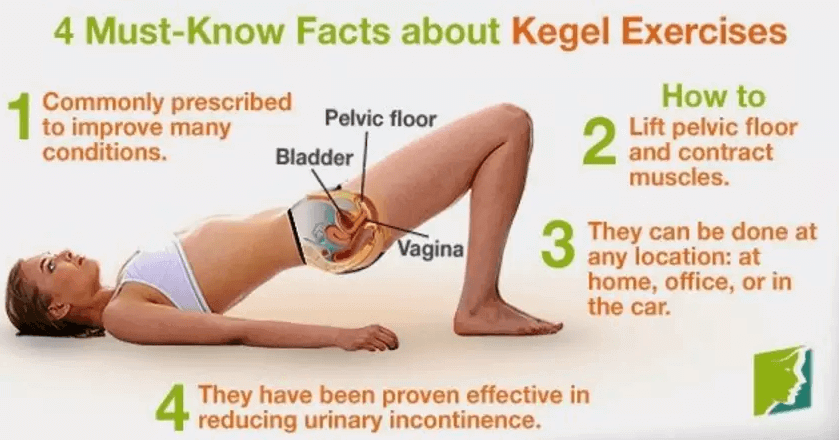
Forward Lunge
Keep your upper body straight with your shoulders back and relaxed, and pick a point in front of you to stare at so you don’t keep looking down.
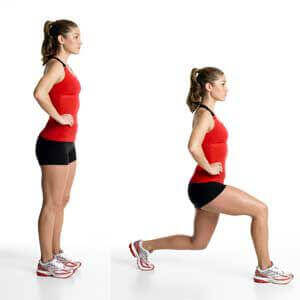
Engage your core and step forward with one of your legs, lowering your hips until both knees are bent at about a 90-degree angle.
Make sure your front knee is directly above your ankle, not pushed out too far, and make sure your other knee doesn’t touch the floor. Keep the weight on your heels as you push back up to starting position.
Jumping Jacks for Constipation
Stand straight and keep your feet close together, shoulders pinched back, hands extended in front of your chest, palms facing each other, and core engaged. Jump and split your legs apart.
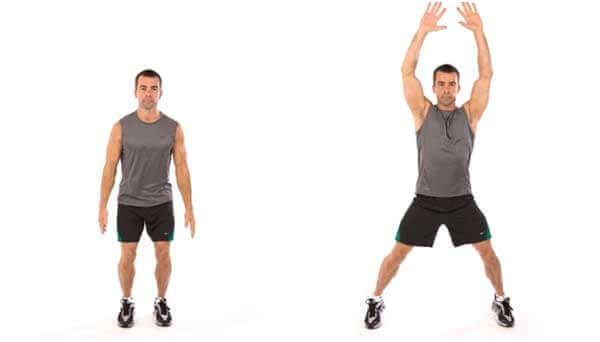
Move your hands away and bring them to your side, in line with the shoulders. Land softly on your feet with your knees bent a little. Jump again and bring your legs and hands together.
Foods to Avoid During Constipation
The most important thing you should do to avoid constipation is to eat a balanced and varied diet. Fiber is a reliable way to keep things moving, but it’s important to also incorporate carbohydrates, which draw in water and can soften stool.
You need to be careful when it comes to food, here are some to avoid during constipation:
Dairy Products
Dairy is considered a common cause of constipation, most of the time for some people. Infants, toddlers, and children appear particularly at risk, possibly due to a sensitivity to the proteins found in cow’s milk.

A review of studies conducted over a 26-year period found that some children with chronic constipation experienced improvements when they stopped drinking cow’s milk.
Red Meat
It contains little amount of fiber, which adds bulk to the stools and helps them move along. Unlike other types of meat, such as poultry and fish, red meat generally contains higher amounts of fat, and high-fat foods take longer for the body to digest.

In some cases, this may increase the likelihood of constipation even further.
Bananas
Bananas are both a cause and a relief when it comes to constipation. It’s a matter of timing, unripe bananas can cause constipation and ripe bananas can help relieve constipation.

Unripe or under-ripe green bananas cause constipation because they still have a lot of starch, which can be hard for the body to digest. Bananas also contain fiber, which draws water from the intestines toward the stool.
[su_highlight background=”#db3236″ color=”#ffffff”]11.4[/su_highlight] Cookies
They are very low in fiber, low in fluid, and high in fat. For this reason, it is best to reduce your intake of these constipating foods in favor of higher-fiber dessert or snack choices, such as fresh fruit, which are great for constipation relief.

Frozen Dinners
These meals in a box may be convenient, but they rarely have the nutritional merits of a meal you prepare yourself, which puts them on the list of foods that can cause constipation.

They are usually high in sodium, which ties up water to dilute the salt, keeping it from pushing waste through the body.
Chips
Potato chips are tasty, but they are high in fat and high fat can slow digestion, low in fiber, and lack just about every other nutrient.

Often people mindlessly snack on chips making themselves full. Instead, try snacking on raw veggies for a satisfying crunch that’s from high-fiber foods.
Fried Foods
Eating large or frequent portions of fried or fast foods may also increase the risk of constipation. That is because these foods tend to be high in fat and low in fiber, a combination that can slow digestion in the same way that red meat does.
Fast food snacks like chocolate, chips, cookies, and ice cream may also replace more fiber-rich snacks, such as fruits and vegetables.
FAQS
Flabby arms, also known as bat wings, are a common problem area, especially in females who store fatter in their upper arms than males, mainly due to the hormones.
A maintained diet and regular workout routine can decrease body fat, including extra fat in the back of your upper arms. There are many arm-toning workouts at the gym and at home. When the fat decreases, targeted toning exercises can ensure the muscles are well maintained.
When you exercise, your body starts to sweat to keep you cool. This produces an increased need for water in your body. If you have observed that increasing your exercise routine increases your constipation, be vigilant about the amount of water you drink. Make sure you drink before, during and after your workout.
The first is to drink a lot of fluids and avoid alcohol, enhancing the fibre level in your diet. One way to do this is to go for wholemeal or granary bread. Try adding some wheat bran, oats or linseed to your diet. For a healthy body, it is also suggested to increase your activity; a daily walk or run can help you poo more regularly.
No, it helps to prevent constipation. Our body needs water; water waste comes out through urine. Our colons won’t work without the process or liquidation of water. When you do drink water, it cleanses the whole system. When you drink a lot of water, your body does what it is meant to do.
Coffee can help prevent constipation by stimulating the muscles in the gut. It may also contain small amounts of soluble fibre. If you notice that dairy is a problem, try excluding it from your routine for a short period to see if that makes a difference.